For hundreds of years, Normandy has always been at the heart including not only French history, and moreover European history. Normandy has been famous for the First World War beachheads as well as white cliffs; however any trip to the region has been enhanced through its wonderful native culture, meals, as well as historical background. Most of those region’s ancient landmarks keep dating back to the middle Ages, while Normandy, such as Burgundy, has been a potent Dukedom that rivaled the kingdom of France in influence and power. The Hundred Years’ War devastated the area, leaving behind the same amount of castles in Normandy that are becoming major tourist attractions.
Castles in Normandy do seem to be absolutely mind-blowing locations to explore, from of the majestic Falaise Castle as well as the imperial Mont Saint-Michel towards the ancient Gaillard Castle. Perhaps one of the most expressive locations in France can be found in this delightful region of north France. Throughout this article; we’ll take you to several greatest interesting and beautiful castles in Normandy. Here are our picks for the top ten castles in Normandy to help start whatever journey.
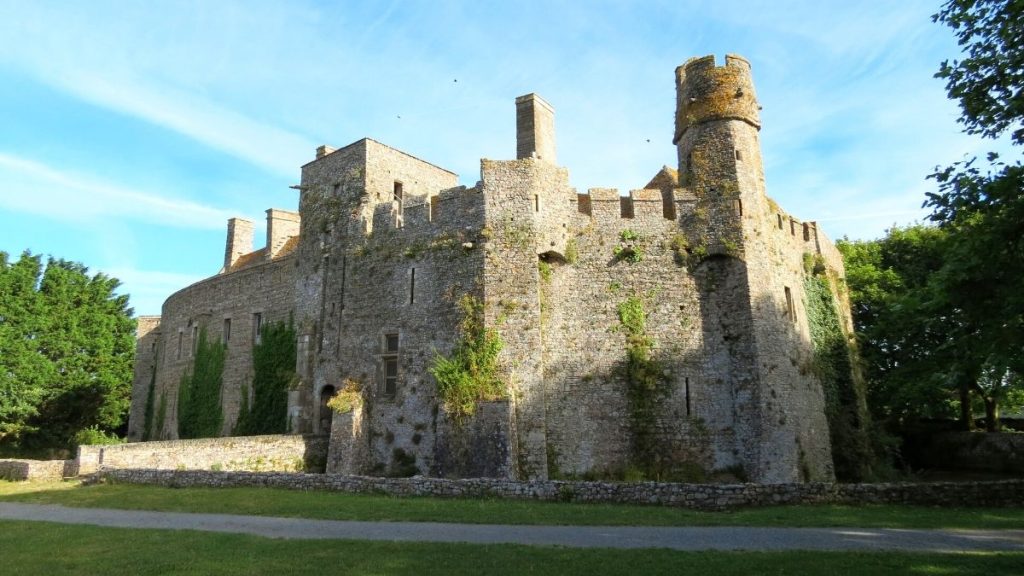
Table of Contents
What is the Oldest Castle in Normandy?
The beautiful scenery Chateau de Pirou in Normandy has been one of the oldest castles in Normandy still standing and is just a major tourist destination.
What is the Biggest Castle in Normandy?
Chateau de Caen, situated in Caen, is indeed a one of the castles in Normandy that was designated as a historic site in 1886.
What are the Finest Normandy Castles?
Falaise Castle
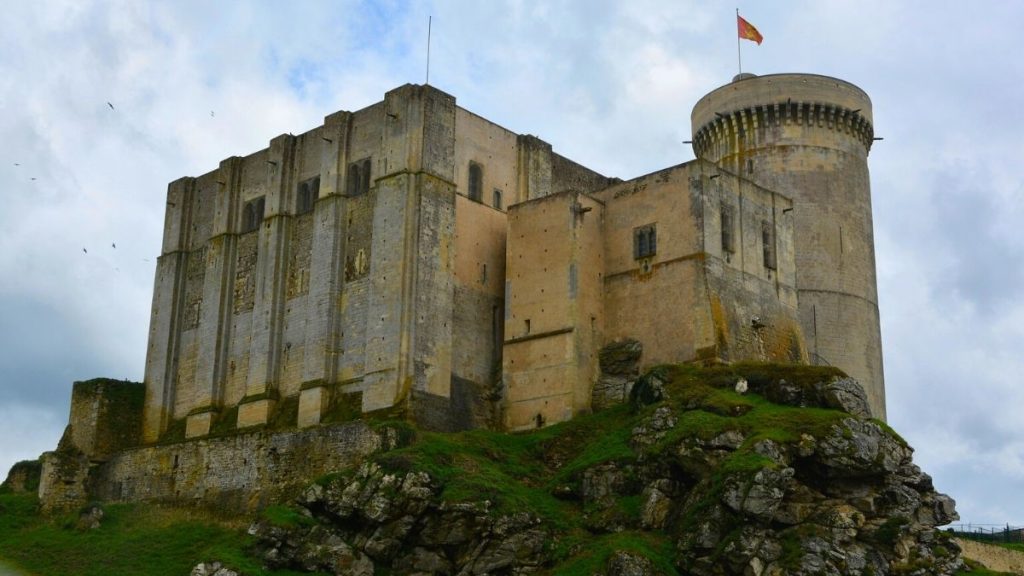
Falaise Castle is indeed one of the castles in Normandy, France, positioned with in commune of Falaise. Falaise, as well recognized as Château Guillaume le Conquerant, is indeed the original home of the person who marched on England. The earliest castle here has been constructed in the 10th century by such a Viking chieftain, and yet what you are seeing presently are indeed a couple of generations later. It really is sitting atop a rough crag – falaise seems to be French for cliff. In around 1028, William the Conqueror, the child of Duke Robert of Normandy, has been birthed during a previous castle on the very same location.
Henry I of England construction began upon that location of the previous castle in 1123. Since conquering Normandy in 1207, King Philip II of France instructed the construction of a new cylindrical put. Mostly during Hundred Years’ War, ownership of said castle changed ownership numerous times. Even during 17th century, the castle has been forgotten. It has already been designated as a historic site until 1840. The community of Falaise has been seriously damaged during WWII, however the castle has been well retained as well as kept.
Mont Saint-Michel
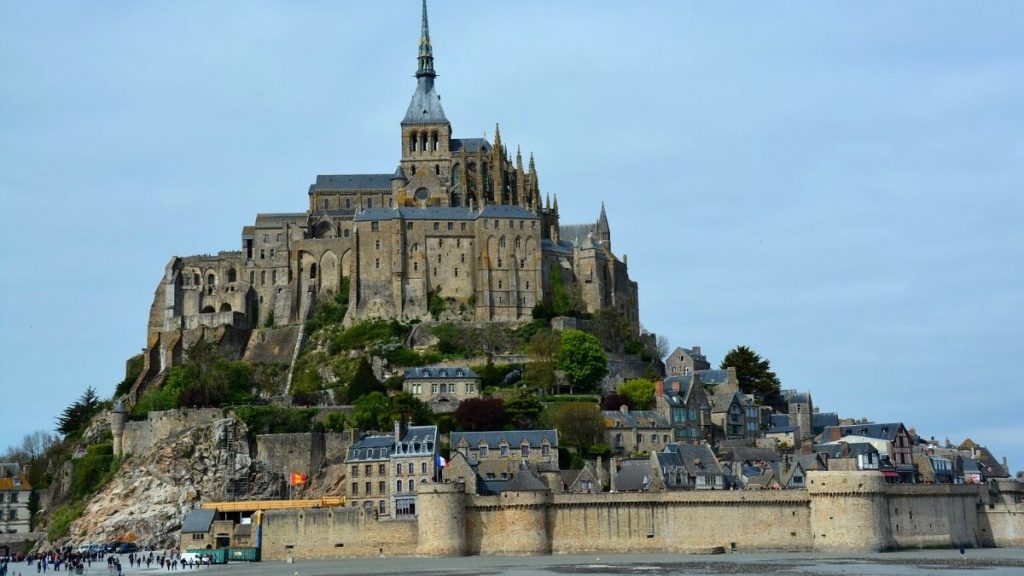
Even though Mont Saint-Michel is also not one of the castles in Normandy, this heavily guarded tidal island off the Normandy coast has been one of France’s greatest remarkable attractions. Mont Saint-Michel is indeed a majestic ancient community in Normandy, France that continues to dominate the panoramic view from its perch atop a natural rock island. The city was founded in the 13th century; however the monastery seems to be at least 500 years of age. Mont Saint-Michel would be mainly remembered for its Benedictine Abbey as well as Parish Church, which are connected to the shoreline by a causeway. Tourists swarm to Mont Saint-Michel nowadays to see the magnificent Abbey as well as Church, and also to walk throughout its old roads. Several other sites are usually, such as the Middle Ages ramparts, the Mont Saint-Michel Museum of Historical past, a Maritime Museum, as well as Tiphaine’s House, which dates from the 14th century.
Chateau de Pirou
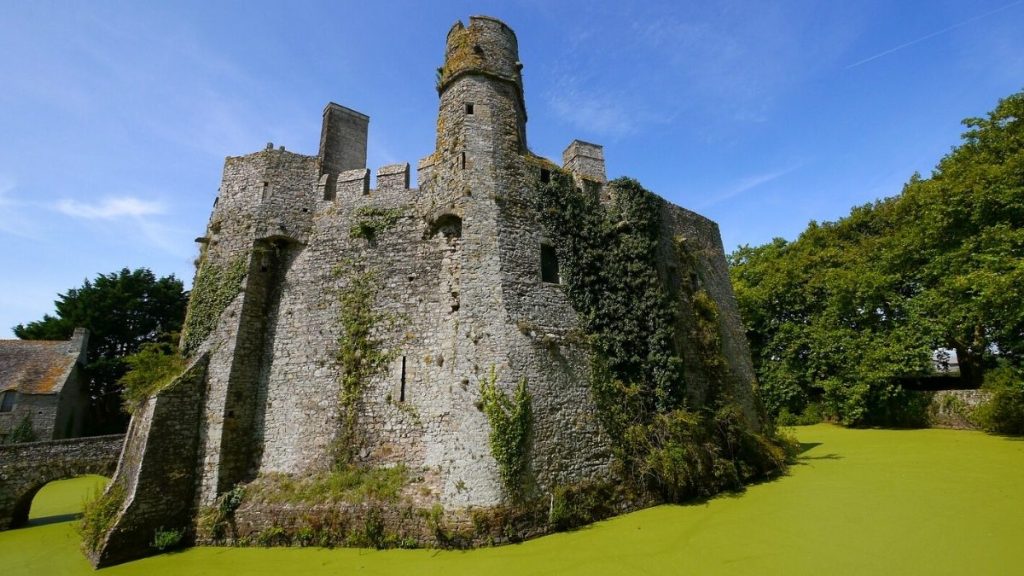
The beautiful scenery Chateau de Pirou in Normandy has been one of the earliest castles in Normandy still standing as well as being a major tourist destination. The location has indeed been inhabited ever since 9th century, though that was originally a wooden structure that’s been later upgraded to stone throughout the 12th century. This one was constructed to protect the neighboring harbor.
Chateau de Pirou, encircled by a moat, with natural stone towers as well as turrets, but also protected by five doors, seems to be merely a marvelous construction, founded exactly as we would assume a heavily guarded castle would’ve been constructed. It was constructed by the Lords of Pirou, including one who gained the favor of William the Conqueror during in the Battle of Hastings and also was compensated with such a Somerset property. Several times during in the Hundred Years War, Pirou was besieged, as well as possession of the castle passed to the buyer several times. It’s indeed okay to walk up towards the ramparts then along the castle gates, which can provide beautiful view.
Gaillard Castle
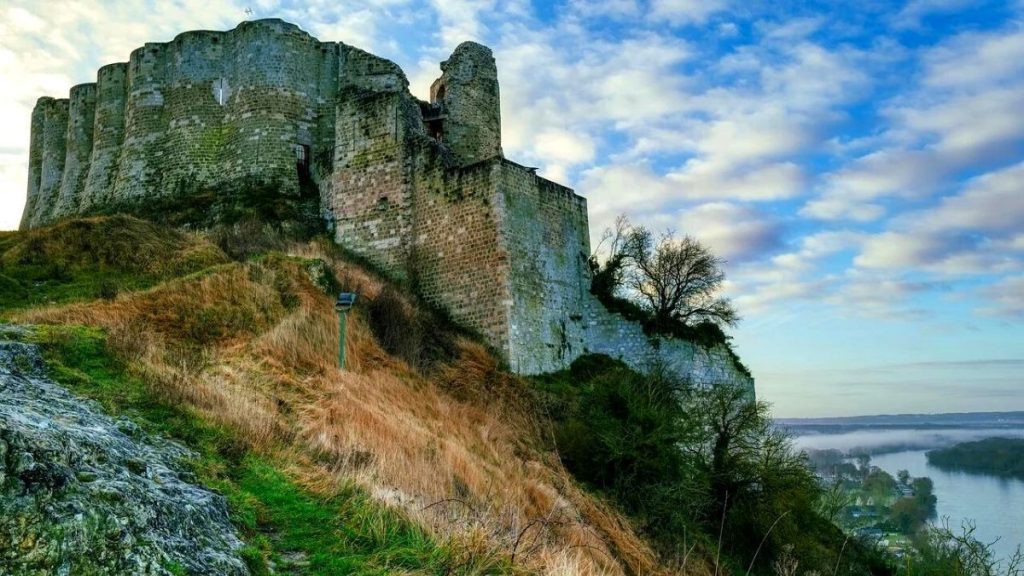
Gaillard Castle is still a one of few wrecked medieval castles in Normandy, France, situated well above township of Les Andelys. Richard the Lionheart commissioned the creation, which started in 1196. It does have a complicated structure as well as employs slightly earlier concentric fortified ethics; it had been one of the first European palaces to employ machicolations. During the Hundred Years’ War, the castle changed ownership numerous times, although in 1449, the French eventually captured that one from the English king, and so it managed to remain in French palms ever since. From March to November, the internal bailey is open to the general public, while the external baileys seem to be accessible throughout the year.
Creully Castle
The Château de Creully is just another one of castles in Normandy from the 11th century. All throughout historical past, the castle has indeed been altered. Inside 1050, it resembled a major agricultural field rather than a defending fortification. It was converted into the fortification around 1360, during in the Hundred Years War. Throughout this time, its architectural style has been destroyed and rebuilt for each English and French invasion. The castle was given back to the baron de Creully just at end of the conflict. Among both 1035 as well as 1682, twenty-two barons of the very same family managed to succeed to the palace. In 1682, the castle was marketed because of the last baron of Creully, Antoine V de Sillans, to Jean-Baptiste Colbert, minister to Louis XIV, who died the following year without anyone ever residing here at all.
Chateau de Gisors

Château de Gisors, and among the most essential castles in Normandy for the Dukes of Normandy, has been constructed with in 11th century. This was originally a wooden take atop a 15-metre motte, but that was validated with both a circular stone curtain wall there in following century. According to local folklore, the castle that’s where the Knights Templar’s riches are hidden. Digging began in the mid-twentieth century; however the wealth still has to be discovered.
Chateau d’Harcourt
Château d’Harcourt has been one of the greatest castles in Normandy as well as residence to the country’s oldest arboretum. It is indeed a fine example of architectural history, but it has been renovated throughout the 14th and 17th centuries. The castle has been fortified with a huge curtain wall but the double ditch, making it well-positioned to resist attacks. There seems to be a lasting showcase in the palace to gain knowledge much more about location, and the arboretum is indeed a delightful way to walk; this one was introduced to the palace in 1802.
Chateau de Gratot
The multiple towers of this palace, which have been constructed between the 13th and 18th centuries, have been securely supported by a thick moat. Château de Gratot, established among some of the areas of Normandy, is really the place of residence of a captivating myth. Long time ago, the Lord of Argouges allegedly saw a young woman swimming in a cool forest pool. She just so actually occurred to just be a fairy. He was not to acknowledge death in front of the fairy – who has become his wife – and everything was good for years. She was said to have been flown out of a window from one of the palace’s towers once he eventually did.
Chateau d’Arques-la-Bataille
Amongst the most famous battles in Norman history occurred here, but it has become a little of a diamond in the rough in the La Varenne Valley. It is built on a rocky ledge, and that there was a framework well before the 12th-century configuration. Count William of Talou, William the Conqueror’s uncle, was indeed the original planned recipient of the castle. Their connection wasn’t really close, but also uncle abandoned nephew during the Battle of Domfront in 1049.
Châteauneuf-sur-Epte Castle
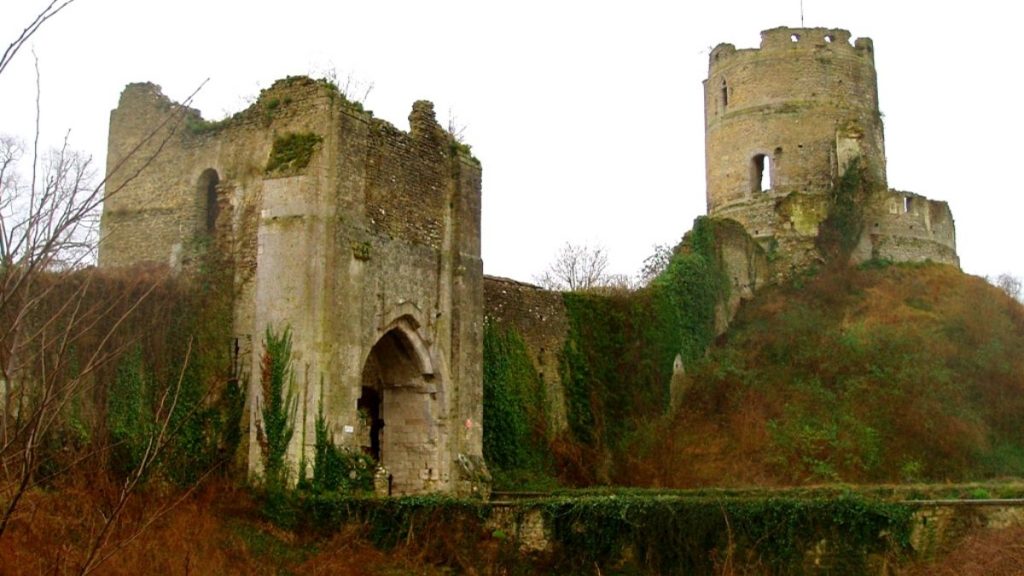
Châteauneuf-sur-ruined Epte’s palace is located in the municipality of Châteauneuf-sur-Epte in Normandy, France. William Rufus, King of England, began the construction inside 1097 to strengthen the frontier along of the Epte River. The palace stood on the boundary of the Duchy of Normandy as well as the Kingdom of France. The palace’s importance waned in the 16th century, and it has been decided to order destroyed in 1647. The wrecks have become privately owned.
Caen Castle
The Château de Caen is indeed a Norman fortress constructed by William the Conqueror about 1060. The Saint George’s church, an ahead, as well as a huge hall for something like the ducal Court were then constructed by his child Henry I. But nowadays, the castle residences the Caen Museum of Fine Arts, the Museum of Normandy, as well as the Exchequer of Normandy.
Château de Courcy

The Château de Courcy is just one of the destroyed castles in Normandy pretty standard of 12th-13th century army architectural style. This one was destroyed by Richelieu’s desire just at beginning of the 17th century, and then after having to lose all armed services purpose, it gradually would become an agricultural organization. The site’s situation had also deteriorated further, and hardly any remains today.
Château de Conches-en-Ouche
The Castle of Conches-en-Ouche is indeed one of few wrecked castles in Normandy that’s been primarily destroyed in the 16th century. The structure was built in 1034 and also was managed to capture by Philip II of France in 1199. Conches-en-Ouche Castle became the site of violent clashes mostly during Hundred Years’ War, and then it passed to the buyer some many times before falling to the French in 1449. Representatives of the Catholic League sought shelter there and in 1591, but it has been torn down fairly shortly afterwards because it was used as a likelihood function for foes of the monarchy.
Colombières Castle
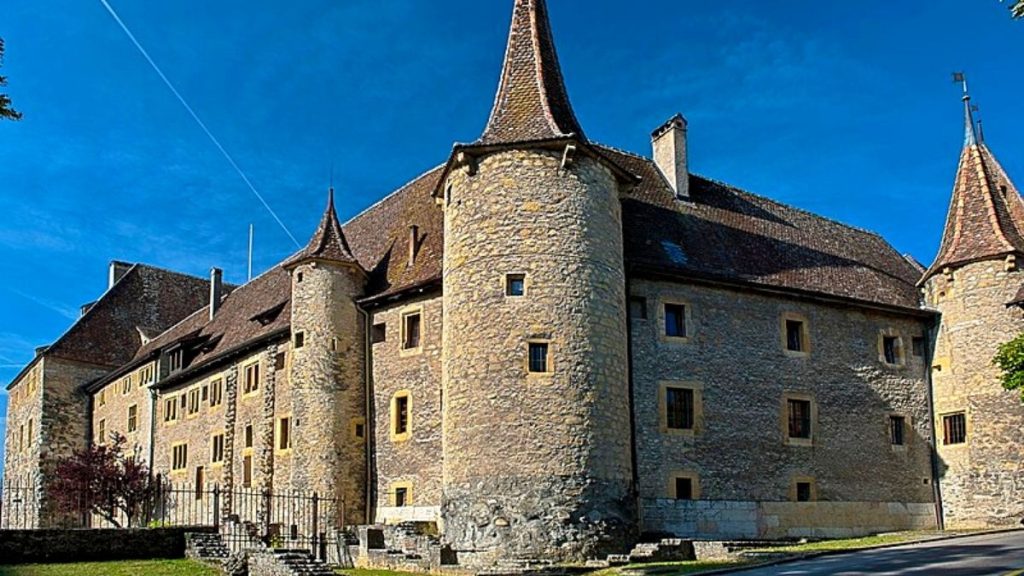
The Château de Colombières seems to be a 14th-century medieval fortress in Colombières, Calvados and Normandy. The Château de Colombières, situated among both Bayeux but also Isigny-sur-Mer next to the Landing Beaches, has been one of the greatest noteworthy dynastic army castles in Normandy. Count Etienne de Maupeou d’Ableiges as well as his kids would then take you on a tour of their renowned home presently.
Château de Saint-Sauveur-le-Vicomte

Despite being besieged two times during the Hundred Years’ War, this enforcing castle maintains almost all of its original building. There seems to be a heavily guarded enclosed area, towers from the 12th and 14th centuries, as well as a dungeon. It really is located on the banks of the Douve River and has already been designated as a French historical monument since 1840. The palace is located in the same-named village.
6 Oldest Castles in England : Click here
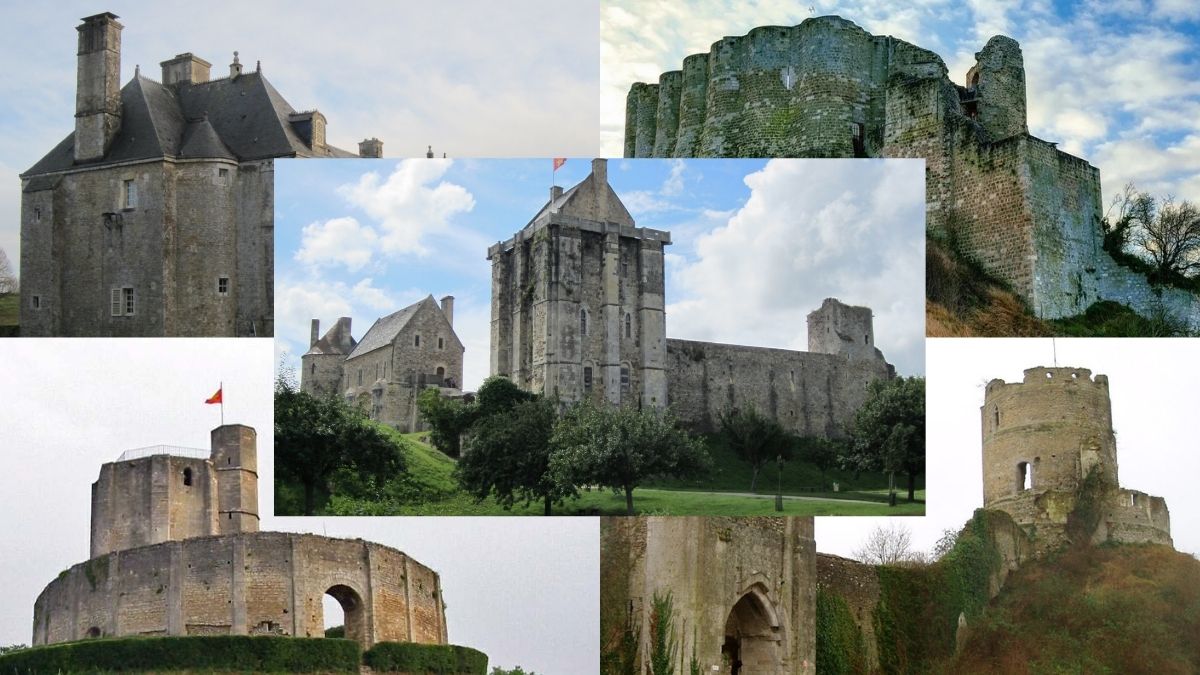



Leave a Reply